Home>Technology>Home Entertainment Systems>How To Organize Cables Behind TV
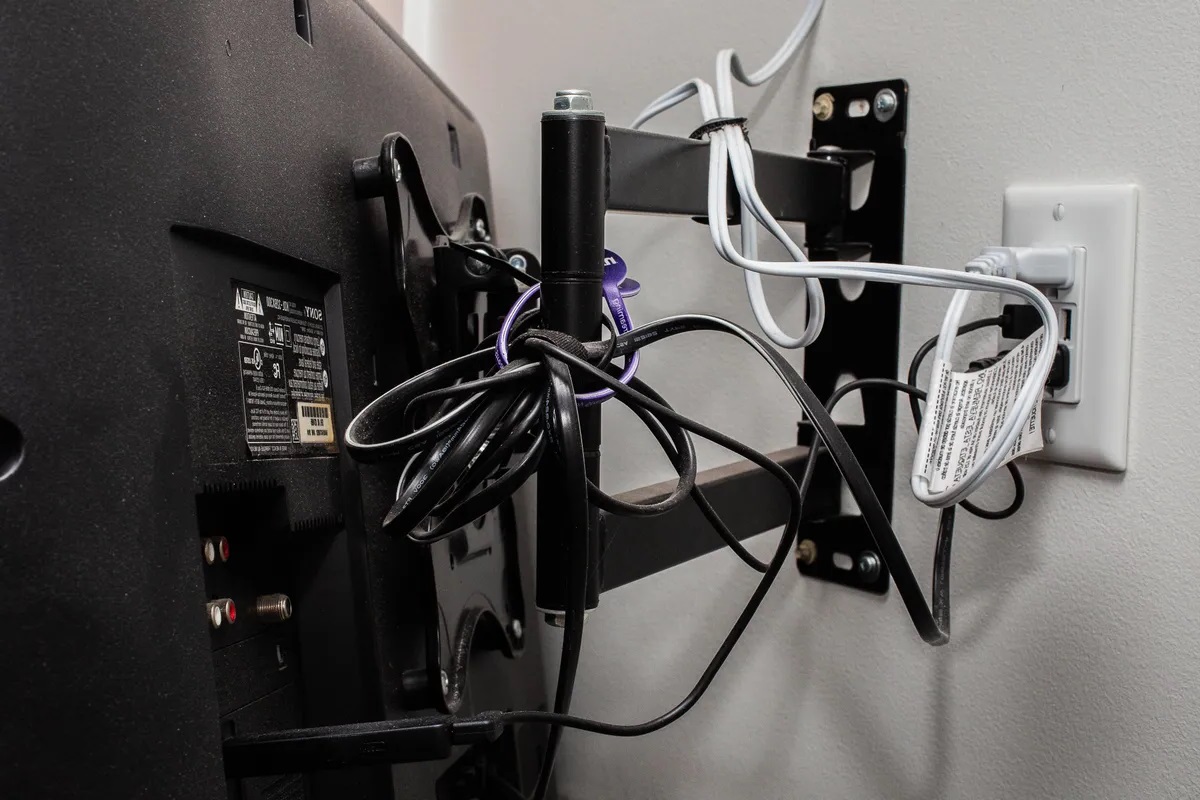

Home Entertainment Systems
How To Organize Cables Behind TV
Published: March 2, 2024
Learn how to efficiently organize cables behind your TV for a clutter-free home entertainment system. Discover simple tips and tricks to keep your space tidy and organized.
(Many of the links in this article redirect to a specific reviewed product. Your purchase of these products through affiliate links helps to generate commission for Storables.com, at no extra cost. Learn more)
Introduction
Are you tired of the tangled mess of cables behind your TV? It's time to take control and organize those cables once and for all. A well-organized cable setup not only looks better but also makes it easier to troubleshoot and upgrade your home entertainment system. In this guide, we'll walk you through the steps to effectively organize the cables behind your TV, so you can enjoy a clutter-free and visually appealing living space. Let's dive in and transform that cable chaos into a neat and tidy setup!
Key Takeaways:
- Say goodbye to cable chaos! Organize your TV cables by assessing, choosing the right management solutions, planning and routing, securing and labeling, and finalizing for a clutter-free and visually appealing setup.
- Transform cable chaos into a neat and tidy setup! Assess, choose the right management solutions, plan and route, secure and label, and finalize for a well-organized and visually appealing home entertainment system.
Read more: How To Hide Cords Behind TV Stand
Assessing the Cable Situation
Before diving into organizing the cables behind your TV, it's crucial to assess the current cable situation. Here are a few key points to consider:
-
Identify the Cables: Start by identifying each cable and its purpose. This will help you understand the function of each cable and determine the best way to organize them.
-
Evaluate the Cable Length: Take note of the length of each cable. This will help you plan the routing and placement of the cables behind the TV.
-
Check for Damage or Wear: Inspect the cables for any signs of damage or wear. If you notice any fraying or exposed wires, it's important to replace the cables to ensure safety and optimal performance.
-
Assess the Power Outlets: Determine the location of the power outlets and assess whether they are conveniently positioned for the devices connected to the TV. Consider using surge protectors or power strips to manage multiple devices from a single outlet.
By thoroughly assessing the cable situation, you'll gain a clear understanding of the existing setup and be better prepared to implement effective cable organization solutions.
Choosing the Right Cable Management Solutions
When it comes to organizing cables behind your TV, selecting the right cable management solutions is essential for achieving a clean and streamlined setup. Here are some effective solutions to consider:
-
Cable Ties and Velcro Straps: Utilize cable ties or Velcro straps to bundle and secure groups of cables together. This helps prevent tangling and makes it easier to route the cables neatly.
-
Cable Raceways: Cable raceways are ideal for concealing and protecting cables. These can be mounted along the wall or baseboard to create a seamless look while keeping the cables organized and out of sight.
-
Cable Sleeves: Cable sleeves are flexible, expandable, and easy to install. They provide a sleek and tidy way to bundle multiple cables together, giving the appearance of a single, unified cable.
-
Cable Clips and Clamps: Use adhesive cable clips or clamps to secure cables along the back of furniture or the wall. This helps keep the cables in place and prevents them from hanging loosely.
-
Cable Management Box: A cable management box is a convenient solution for concealing excess cables and power strips. These boxes are designed to neatly contain and hide the cables, reducing clutter and creating a more organized space.
-
Cable Labels: Implementing cable labels is crucial for easy identification of each cable. Use labels or tags to mark the cables with their respective devices or connections, making it simple to trace and manage the cables when needed.
By choosing the right cable management solutions based on your specific needs and the layout of your entertainment area, you can effectively streamline the cable organization process and achieve a tidy and visually appealing setup behind your TV.
Use cable ties or Velcro straps to group cables together and keep them organized. Use cable clips or adhesive cable organizers to secure the cables to the back of the TV or entertainment center to prevent them from tangling or getting in the way.
Planning and Routing the Cables
When it comes to organizing the cables behind your TV, strategic planning and efficient routing are essential for achieving a clean and well-organized setup. Here's how to effectively plan and route the cables:
-
Determine the Optimal Path: Assess the layout of the room and identify the most efficient path for routing the cables from the devices to the TV. Consider factors such as proximity to power outlets, the location of AV components, and the accessibility of cable entry points.
-
Separate and Group Cables: Categorize the cables based on their function and destination. Grouping similar cables together makes it easier to plan their routing and ensures a more organized arrangement behind the TV.
-
Measure and Cut Cable Management Solutions: If using cable raceways, sleeves, or clips, measure and cut them to the appropriate lengths to accommodate the cables. This ensures a custom fit and a seamless appearance once the cables are routed through the management solutions.
-
Avoid Interference with Other Devices: When planning the cable routes, be mindful of potential interference with other electronic devices. Keep audio and video cables separate from power cords to minimize signal interference and maintain optimal performance.
-
Utilize Cable Channels and Wall Mounts: Consider using cable channels or wall mounts to guide the cables along the wall or baseboard, keeping them neatly organized and out of sight. This method also helps protect the cables from damage and minimizes tripping hazards.
-
Account for Future Additions or Changes: Leave some flexibility in the cable routing to accommodate future additions or changes to your entertainment setup. This foresight can save you from having to reorganize the entire cable arrangement when making adjustments in the future.
By carefully planning and strategically routing the cables behind your TV, you can create a tidy and well-structured setup that not only enhances the aesthetics of your living space but also simplifies maintenance and future upgrades.
Securing and Labeling the Cables
Securing and labeling the cables is a crucial step in the cable organization process, ensuring that the cables remain neatly arranged and easily identifiable. Here's how to effectively secure and label the cables behind your TV:
-
Use Cable Ties and Velcro Straps: Secure the grouped cables together using cable ties or Velcro straps. This prevents them from becoming tangled and helps maintain a clean and organized appearance.
-
Anchor Cables Along Furniture or Walls: Utilize adhesive cable clips or clamps to anchor the cables along the back of furniture or the wall. This not only keeps the cables in place but also prevents them from hanging loosely, reducing the risk of accidental disconnection.
-
Implement Cable Labels or Tags: Label each cable with its respective device or connection using cable labels or tags. This simple yet effective method makes it easy to identify and trace the cables when needed, especially in setups with multiple interconnected devices.
-
Secure Excess Cable Length: If there is excess cable length, neatly coil and secure it using cable ties or clips. This prevents unsightly cable clutter and minimizes the risk of tripping hazards or accidental damage to the cables.
-
Utilize Cable Management Boxes: For excess cables and power strips, consider using a cable management box to neatly contain and conceal them. This not only reduces clutter but also provides a safe and organized storage solution for the additional lengths of cables.
-
Consider Cable Sleeves for Bundling: If you have multiple cables running along the same path, consider using cable sleeves to bundle them together. This not only provides a streamlined appearance but also protects the cables from wear and tear.
By effectively securing and labeling the cables behind your TV, you can maintain a tidy and well-organized setup, making it easier to identify, troubleshoot, and manage the cables as needed.
Read more: How To Paint Behind Toilet
Finalizing the Cable Organization
After implementing the necessary steps to organize the cables behind your TV, the finalization phase is crucial to ensure that the cable setup is not only visually appealing but also functional and easy to maintain. Here's how to put the finishing touches on your cable organization:
-
Double-Check Cable Connections: Before completing the setup, double-check all cable connections to ensure that each device is properly linked to the TV. This includes HDMI cables, audio cables, power cords, and any other connections. Ensuring secure and accurate connections is essential for optimal performance.
-
Tidy Up Excess Cables: Take a final look at the cable routing and identify any remaining excess lengths or loose cables. Neatly coil and secure any excess cable length using cable ties or clips to maintain a clean and organized appearance.
-
Adjust Cable Management Solutions: Fine-tune the placement of cable management solutions such as raceways, sleeves, or clips to ensure a seamless and unobtrusive look. Make any necessary adjustments to achieve a balanced and tidy cable arrangement.
-
Test Device Functionality: Once the cables are organized, test the functionality of all connected devices to ensure that they are operating as expected. This includes checking audio and video signals, power supply, and any additional features of the entertainment system.
-
Evaluate Accessibility for Maintenance: Consider the accessibility of the cables for future maintenance or upgrades. Ensure that the cables are easily reachable for troubleshooting or making adjustments, while still maintaining a neat and organized appearance.
-
Document Cable Connections: Take a moment to document the cable connections, especially if you have a complex setup with multiple devices. This documentation can serve as a reference for future maintenance or when adding new components to the entertainment system.
By finalizing the cable organization with these essential steps, you can enjoy a clutter-free and well-structured setup behind your TV. This not only enhances the aesthetics of your living space but also simplifies maintenance and troubleshooting, allowing you to fully enjoy your home entertainment system.
Frequently Asked Questions about How To Organize Cables Behind TV
Was this page helpful?
At Storables.com, we guarantee accurate and reliable information. Our content, validated by Expert Board Contributors, is crafted following stringent Editorial Policies. We're committed to providing you with well-researched, expert-backed insights for all your informational needs.
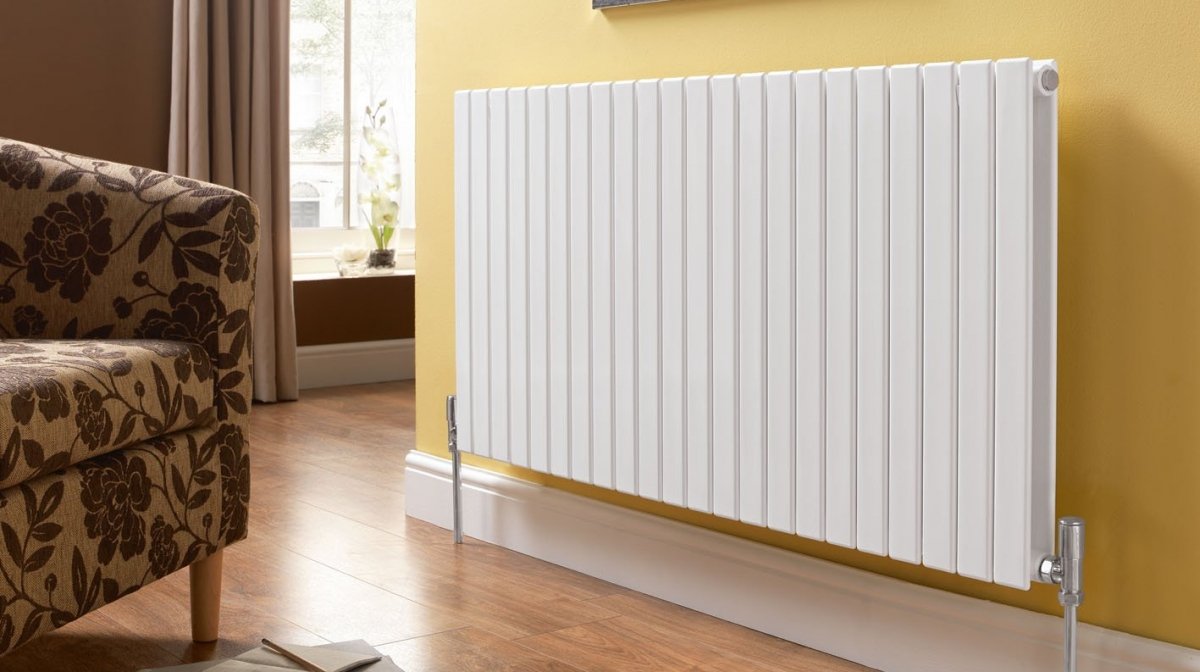

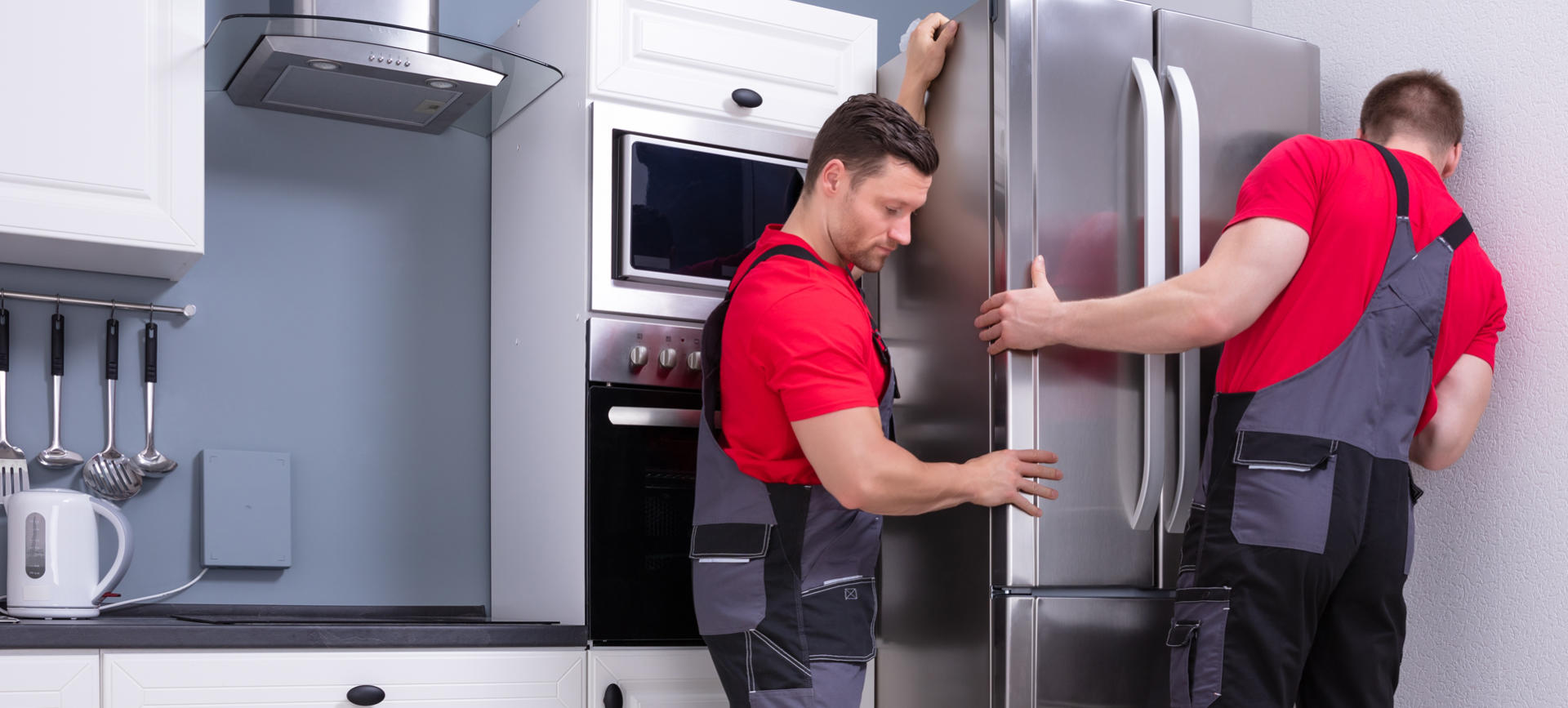


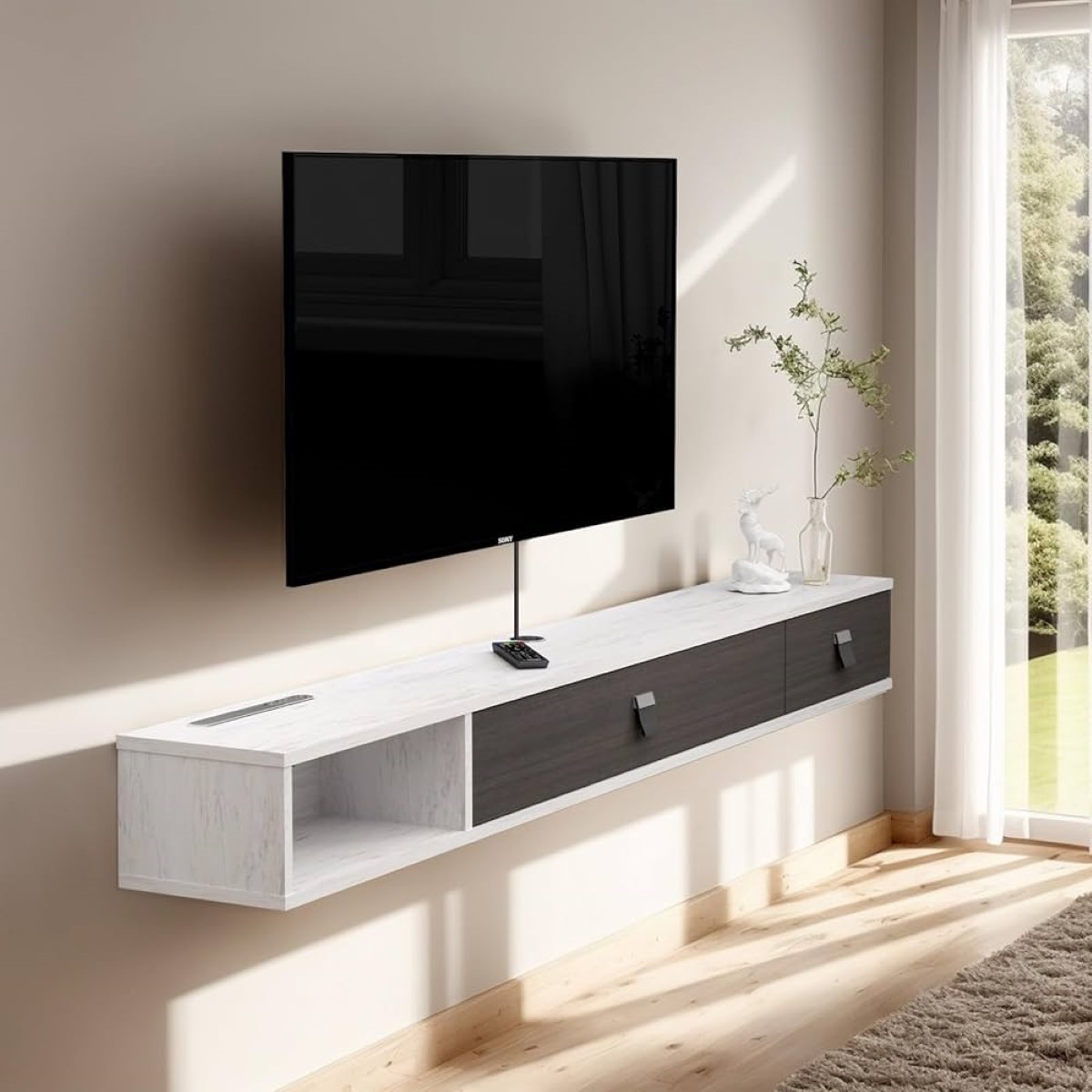
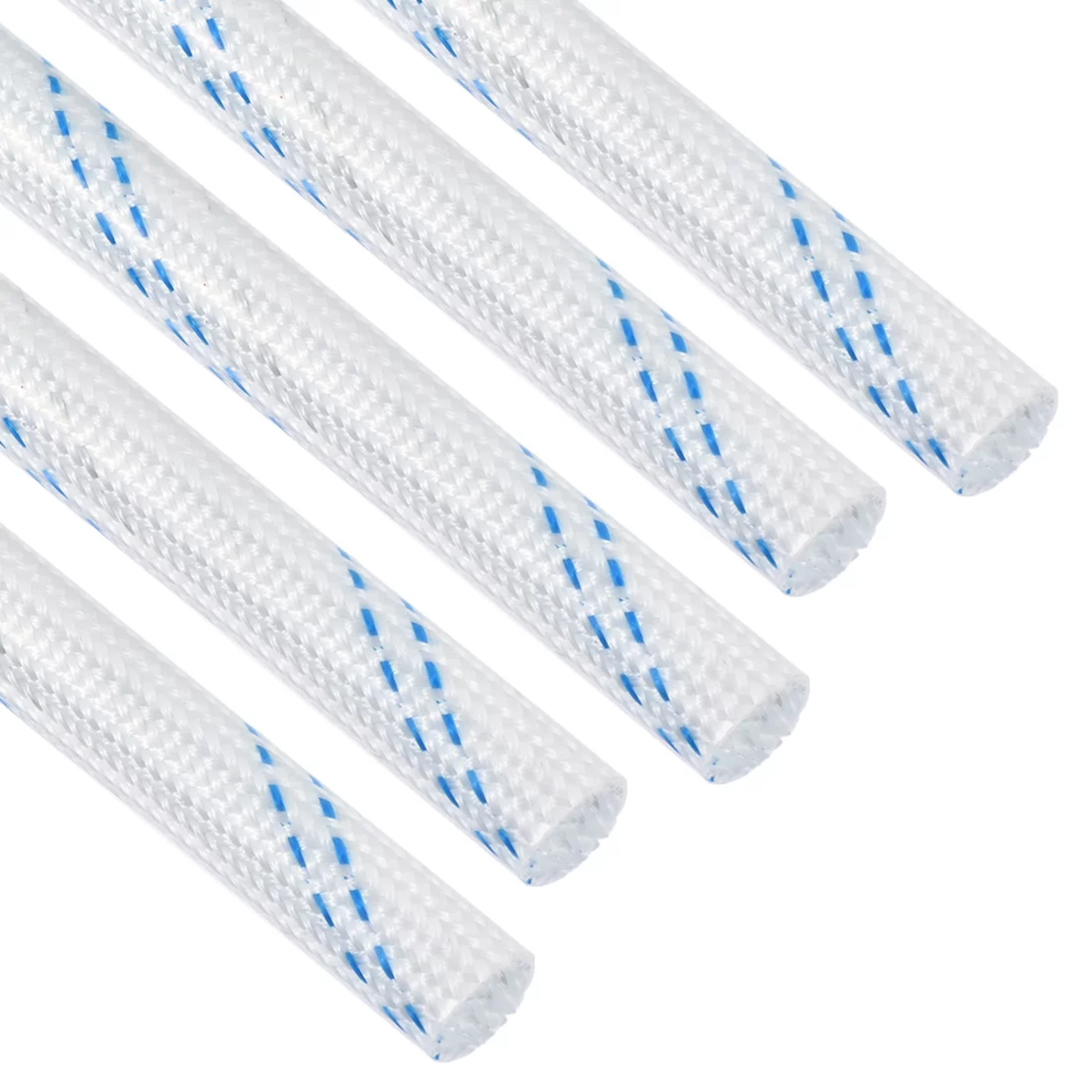
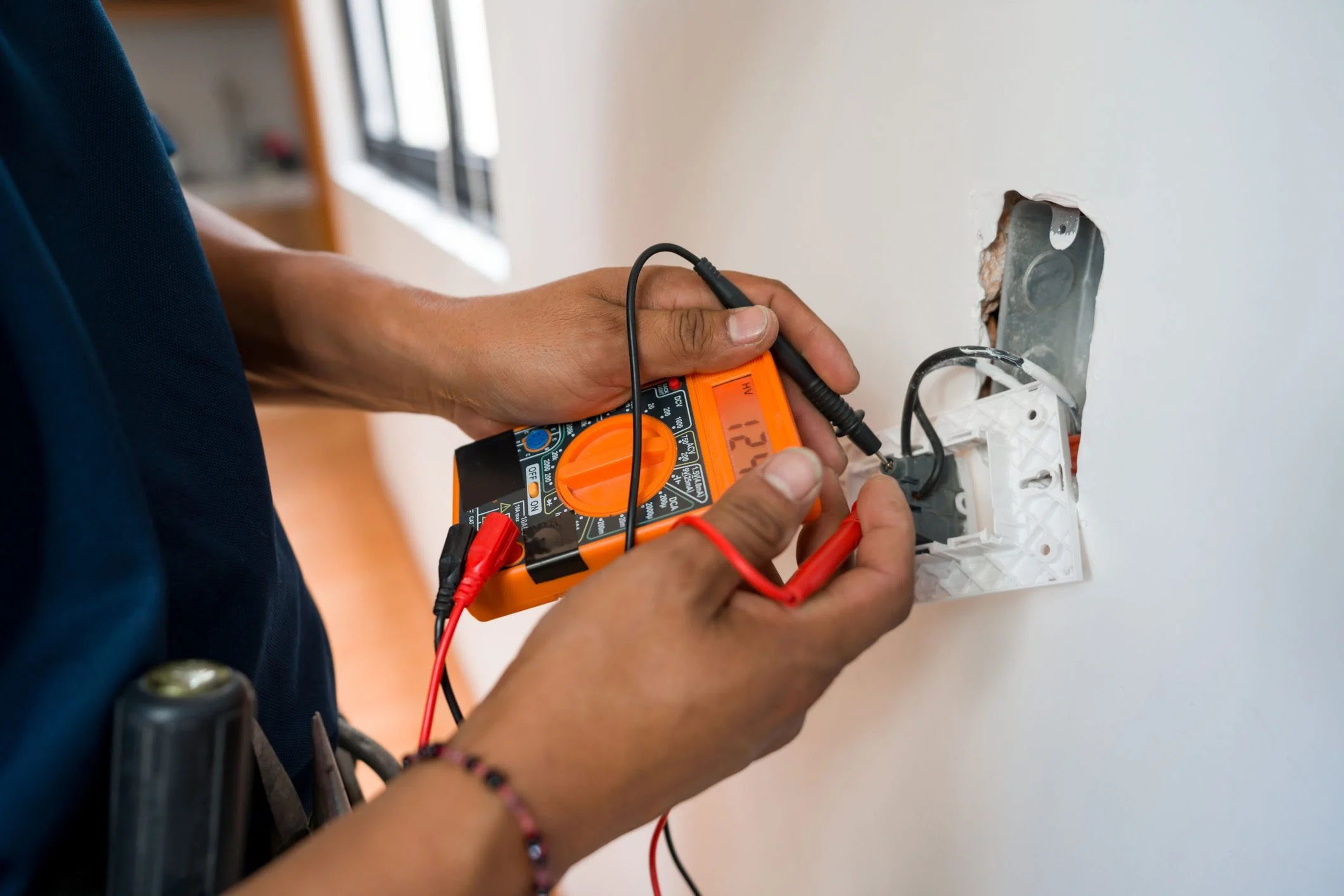
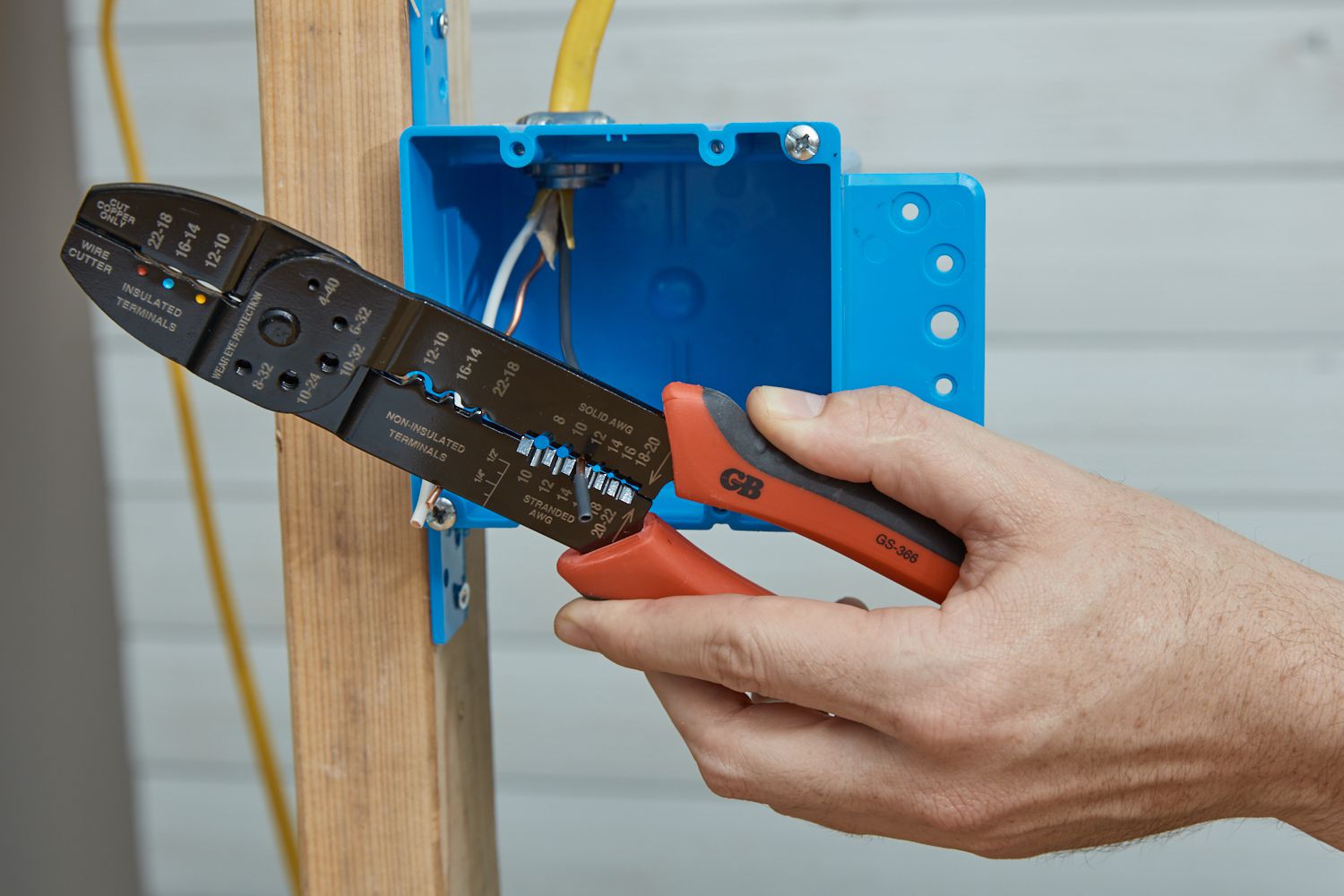
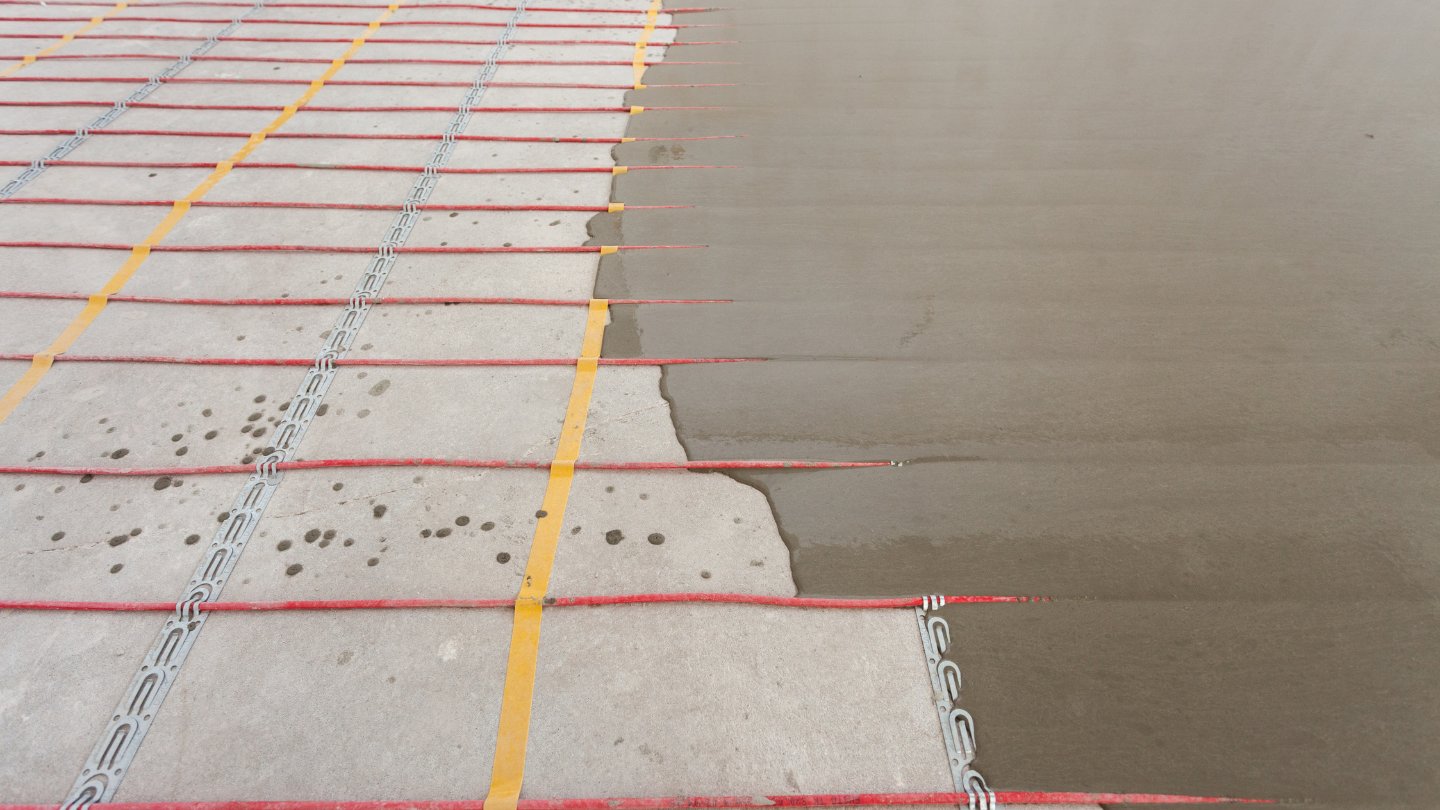
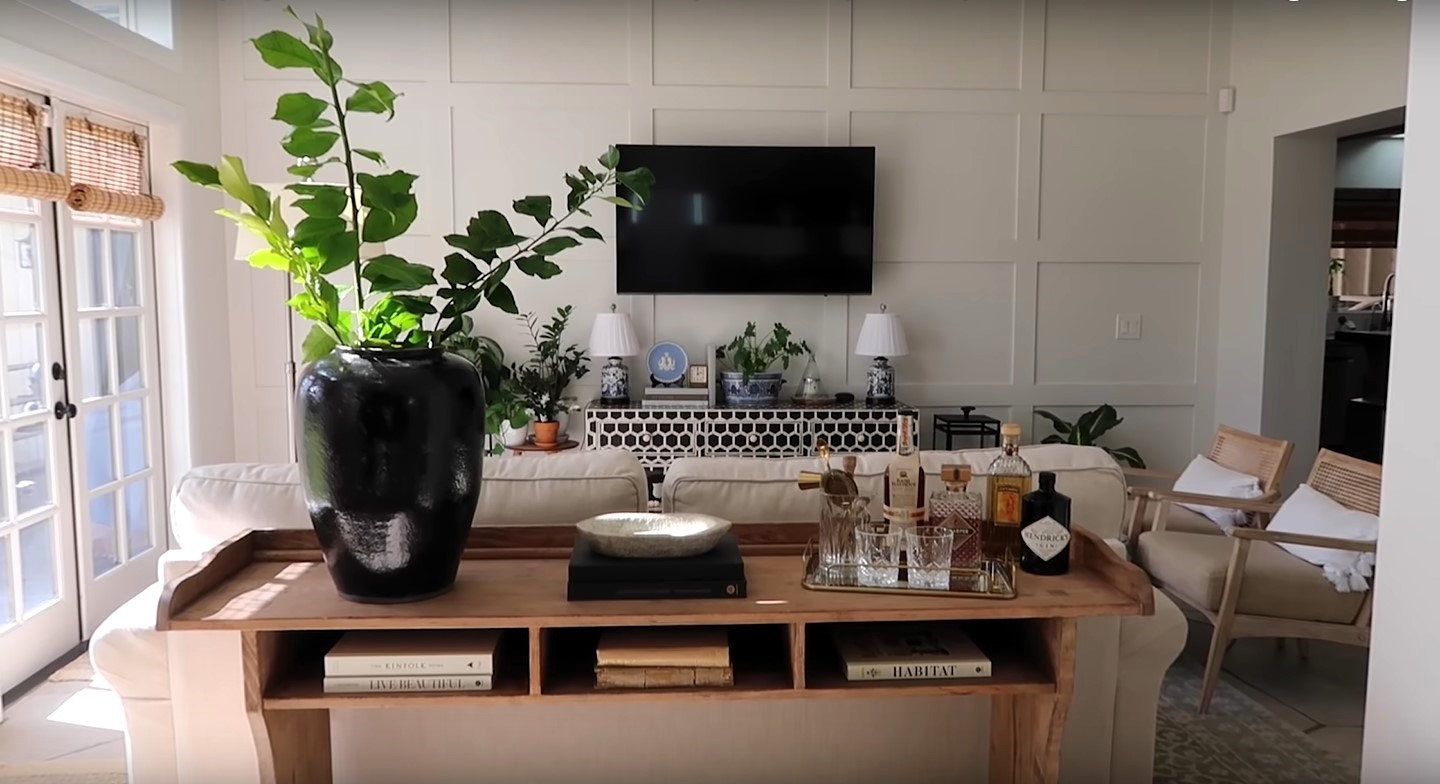
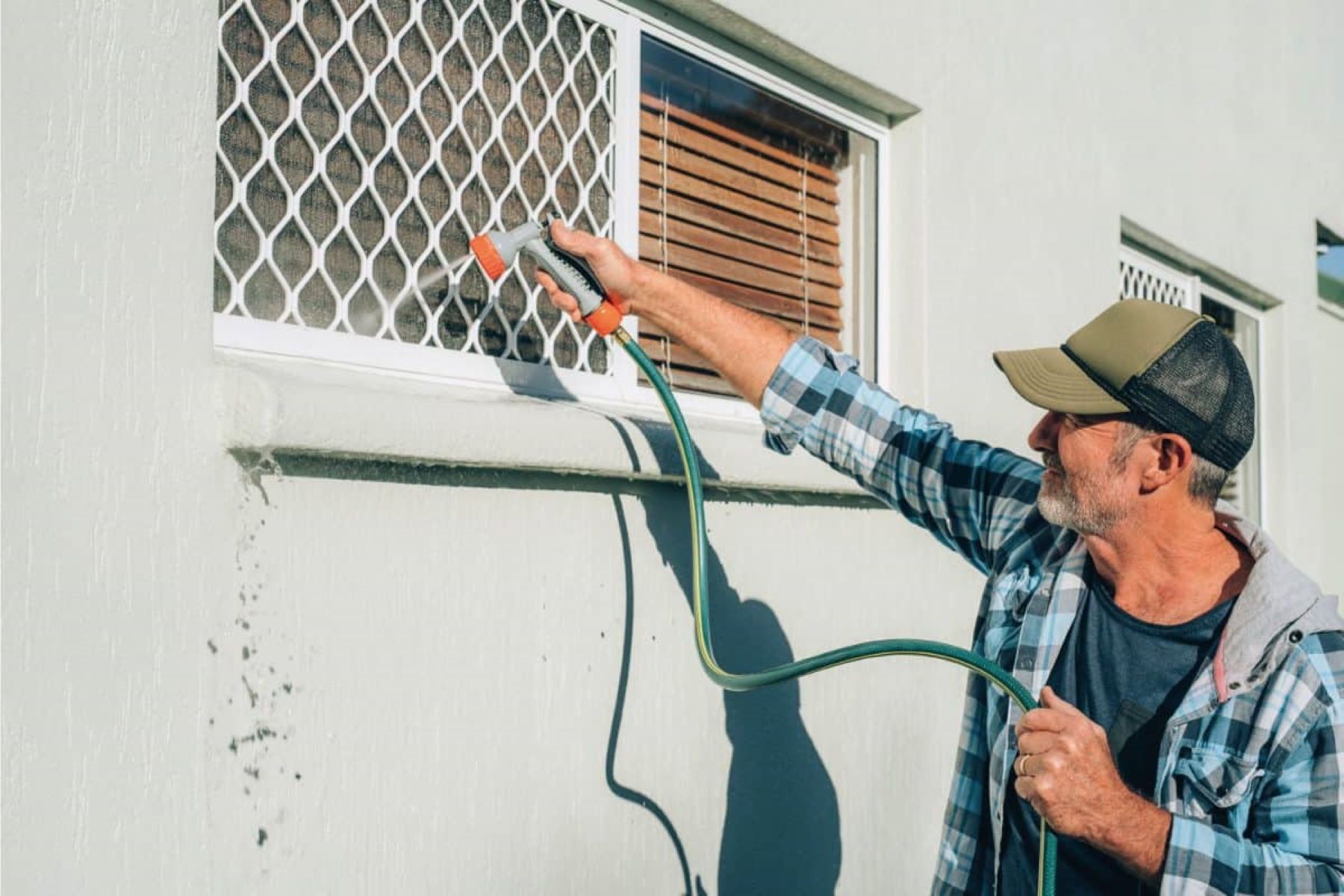
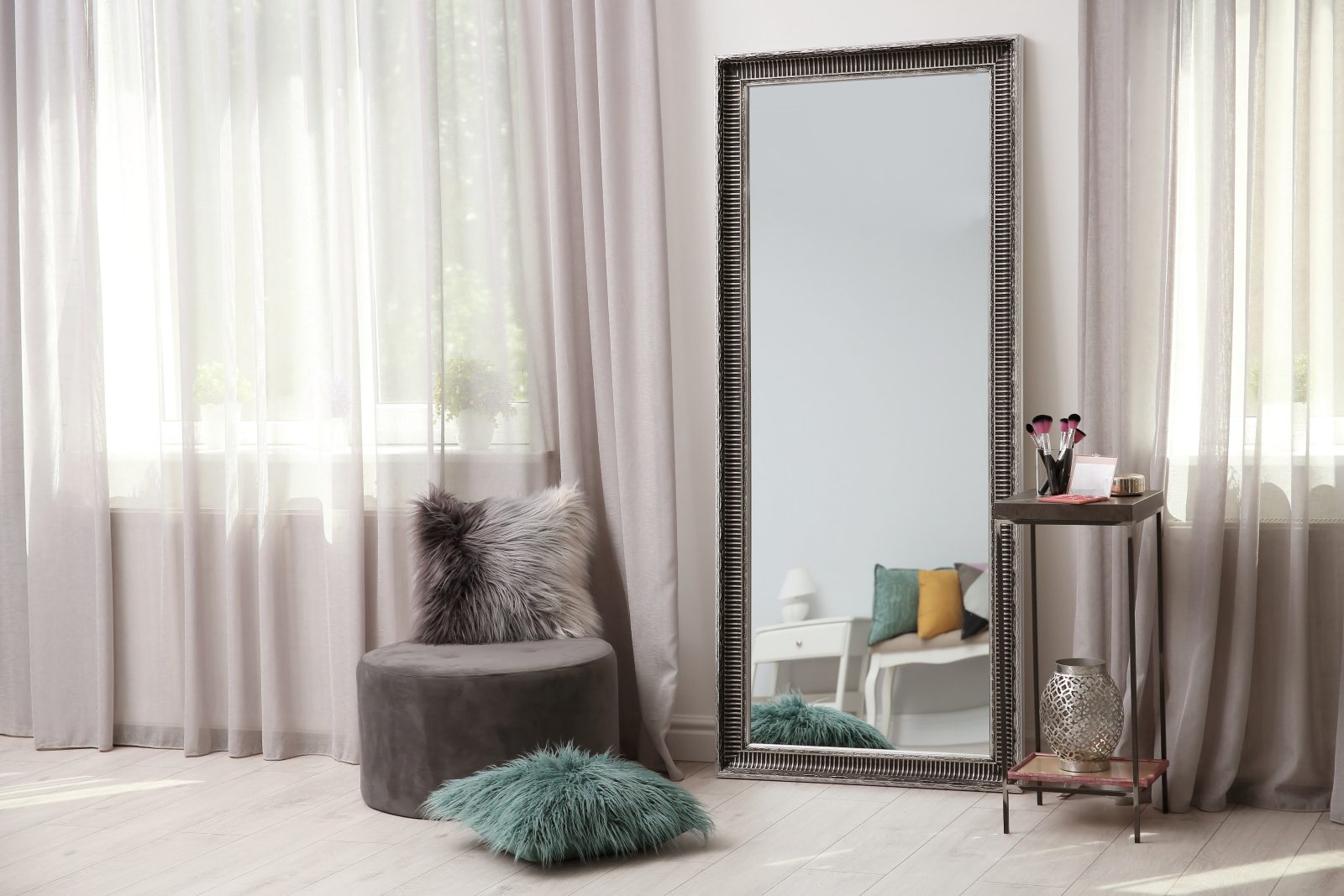
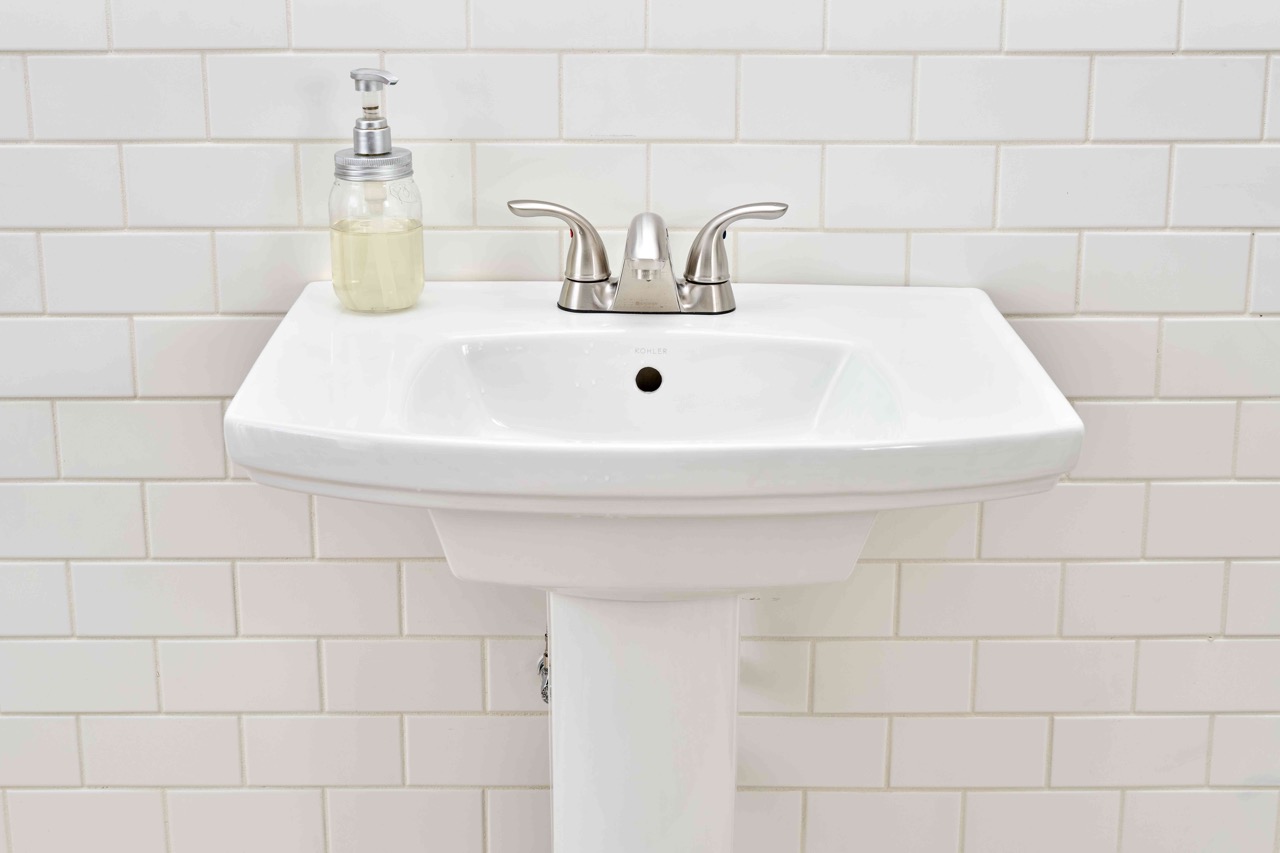

0 thoughts on “How To Organize Cables Behind TV”